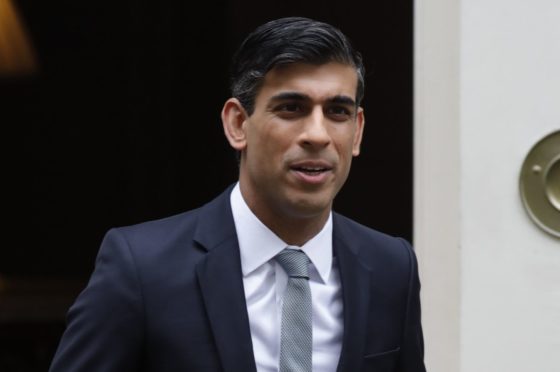
The reality of record energy price hikes has started to bite as the first week of Ofgem’s energy price cap rise kicks in.
Customers have started receiving estimated bills and with the cap increasing by 54%, millions face eye-watering hikes of almost £700 a year. A further increase is expected in October, leaving many households struggling to make ends meet.
The issue is of such concern that rising energy prices are now to be the subject of an inquiry at the Scottish Parliament.
Led by Holyrood’s Net Zero, Energy and Transport Committee, it will target short and medium-term solutions to high energy prices, longer-term structural solutions, and the role the Scottish Government will play in implementing these.
Evidence sessions are to be held this month and next, involving a range of academics, consumer representatives, energy companies and government officials.
While switching to a cheaper energy deal is usually the best way to save money, surging wholesale gas prices have slashed the number of competitive deals on the market – so for most consumers, experts advise that staying put on a deal that has some protection through the price cap is likely to be the best option for now.
Natalie Hitchins, head of home products and services at consumer champion Which?, said: “Huge energy bill hikes are a cause of real concern for millions of households, especially when many are already feeling the pressures of the cost of living crisis.
“Everyone can make small changes to reduce their energy consumption – and most importantly save money. Several small steps taken together can add up to significant savings.
“Lowering the temperature on the thermostat will help, as can effective draught-proofing, switching off unused appliances, as well as using energy-efficient light bulbs and appliances.”
Money saving tips
Turn down the thermostat. Lowering the dial by just one degree could reduce bills by £80-85 per year. Adjusting central heating timers to switch off at night and during the day will also minimise fuel consumption.
For rooms that stand empty throughout the day, turn the radiator down to the lowest setting without turning it off completely. Fitting reflective foil behind radiators on external walls will also help reduce the rate of heat loss in these rooms.
l Review appliances that aren’t always in use and turn them off if they’re on standby. This could save £55 a year.
Lowering the temperature of washing machines is an eco-friendly way to save money. Even a 20C wash can do the trick in some cases, particularly when using liquid detergent rather than powder. Dry clothes on a rack instead of in a tumble dryer – for those who do use a dryer, clean the filter to improve energy efficiency.
Up to a third of heat disappears through the roof, so add insulation if you can. Installing loft insulation could save you up to £215 per year. Loft insulation should last for around 40 years and pay for itself many times over. Some energy suppliers offer help with the costs.
Draught-proof your home. In some cases, this is as simple as buying a draught-excluding cushion and putting it in front of your door but also tackle draughty windows, doors, chimneys, floorboards, skirting boards and loft hatches.
Choosing energy-efficient household appliances could save consumers over £300 a year, when their old white goods need replacing.
Swapping old-style bulbs with energy-saving LEDs saves around £7 per year, which may seem like a small saving but as they are longer lasting a single bulb could eventually cut around £180 from your bills.
Some households may also be eligible for grants that can help reduce the energy bills burden. The Warm Home Discount is worth £140 a year and available mainly to pensioners and those who get certain benefits, while the Winter Fuel Payment is worth £100-£300, for those born before September 1955. From this month, the Renewable Heat Incentive Scheme will close, to be replaced with a new boiler upgrade scheme offering up to £5,000 if you replace your current gas or oil heating with a low-carbon alternative.

Enjoy the convenience of having The Sunday Post delivered as a digital ePaper straight to your smartphone, tablet or computer.
Subscribe for only £5.49 a month and enjoy all the benefits of the printed paper as a digital replica.
Subscribe